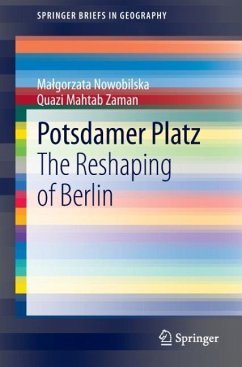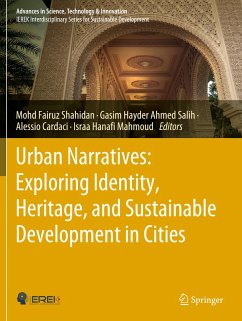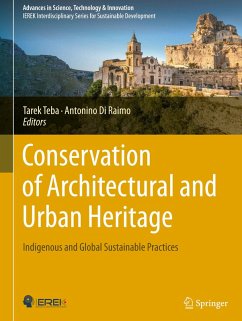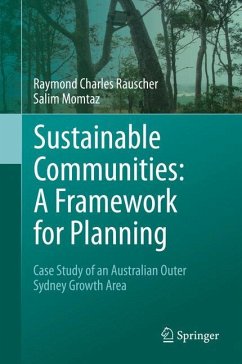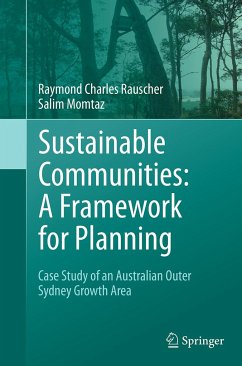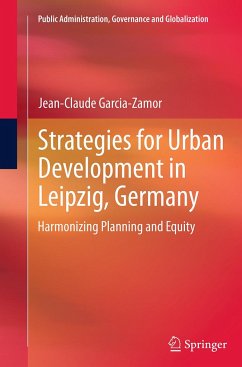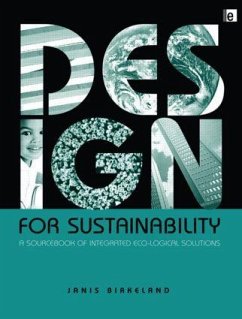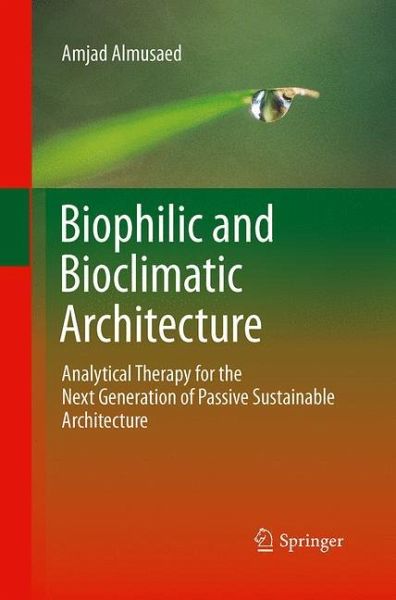
Biophilic and Bioclimatic Architecture
Analytical Therapy for the Next Generation of Passive Sustainable Architecture
Versandkostenfrei!
Versandfertig in 6-10 Tagen
166,99 €
inkl. MwSt.
Weitere Ausgaben:

PAYBACK Punkte
83 °P sammeln!
Biophilic and Bioclimatic Architecture is a guide to innovative architectural design for architects, engineers and other specialists who are working with biophilic and bioclimatic architectural concepts.Biophilic and Bioclimatic Architecture has three parts: - Part I focuses on the relationship between architecture and human needs and the creation process, demonstrating the meaning of architectural value in architectural hypothesis. - Part II opens the way towards a new understanding of biophilic architecture as a response to the negative actions of humans and the negative effects of using nat...
Biophilic and Bioclimatic Architecture is a guide to innovative architectural design for architects, engineers and other specialists who are working with biophilic and bioclimatic architectural concepts.
Biophilic and Bioclimatic Architecture has three parts:
- Part I focuses on the relationship between architecture and human needs and the creation process, demonstrating the meaning of architectural value in architectural hypothesis.
- Part II opens the way towards a new understanding of biophilic architecture as a response to the negative actions of humans and the negative effects of using natural resources.
- Part III shows the benefits of combining the effects of the climate with the notion of human comfort in bioclimatic architecture.
Biophilic and Bioclimatic Architecture has three parts:
- Part I focuses on the relationship between architecture and human needs and the creation process, demonstrating the meaning of architectural value in architectural hypothesis.
- Part II opens the way towards a new understanding of biophilic architecture as a response to the negative actions of humans and the negative effects of using natural resources.
- Part III shows the benefits of combining the effects of the climate with the notion of human comfort in bioclimatic architecture.






